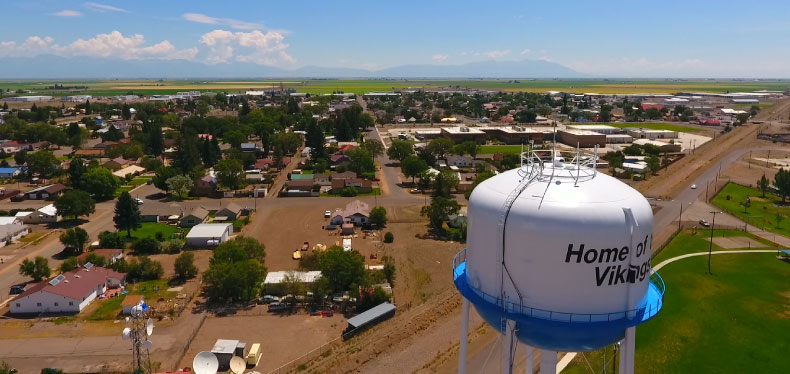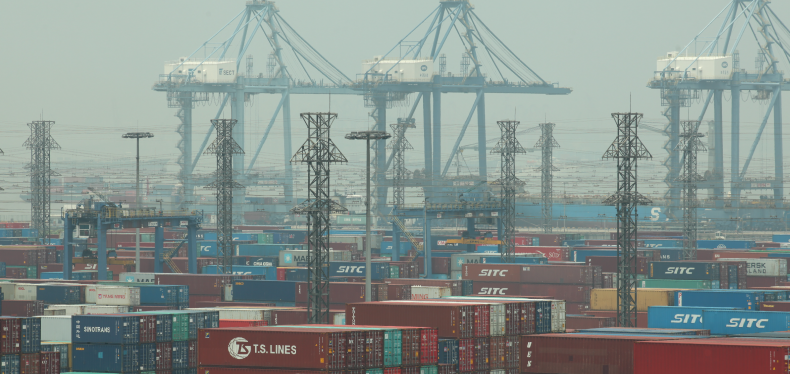
Will WISPs be ready when the Big Bad Wolf comes knocking at their door?
Reading a bedtime story to my son is easily my favorite part of the day. While reading the 'Three Little Pigs' recently, I noticed the similarity between how they try to defend their homes from the big bad wolf, and the ways WISPs are facing the approaching threat as fiber rollout arrives in their area, and as CAF II brings the larger carriers into their rural and suburban turf.
In the past, many WISPs built their access networks out of straw. Their fixed wireless networks were established with limited budgets using low cost wireless access Point-to-Multipoint solutions, to address a small number of users with relatively low capacity.
For many of these WISPs, their networks are already overloaded and they cannot satisfy their customers’ demand of fast broadband for applications such as online gaming, cloud-based applications and HD/4K video streaming. When the wolf comes, these WISPs will be the first victims of fiber deployment for failing to provide a real competitive edge with regard to the services they can offer.
Some ‘straw’ ISPs are already aware of the problem and have made future plans – but have they chosen the right ‘goods’ to ensure a future-proof solution?
‘Wood’ appears sturdy enough as first glance, delivering greater capacity. But with more and more heavy bandwidth applications and the need for capacity growing all the time (25% a year), ISPs need to make sure they can scale their network effectively. They will also need to mitigate increasing radio interference in the 5GHz band, which will become more congested as additional WiFi 802.11ac Access Points and LTE small cells make use of this unlicensed band.
A WISP made of ‘bricks’ is one that can offer unmatched and reliable high capacity, not just today, but also in the future. Their broadband wireless network should be based upon carrier-class technology that easily copes with interference and spectrum congestion, and is optimized to address the needs of both business and residential customers by offering a competitive service to fiber.
A wireless PtMP network such as RADWIN JET’s may initially cost more per unit level, but when considering the total cost of ownership, it certainly pays off. JET delivers more capacity per sector base station under real congested spectrum and thanks to its beamforming antenna, is able to mitigate interference and achieve longer range. Increased range and greater capacity translate into less towers, less base station equipment and less backhaul to the core network thanks to the reduced number of sites – which ultimately means less CapEx and OpEx. Also the network consists of carrier-grade equipment, reducing truck roll.
At first glance it may appear that not every WISP can afford to build their house out of bricks. Often with a limited budget, choices need to be made as upgrading an entire network is costly. So a gradual approach becomes necessary - identifying the areas where lucrative enterprise and high-end residential customers can afford to pay extra to ensure a superior service.
Going back to the analogy of the Three Little Pigs, the smart WISP must take all these things into consideration and make sure their business is built with sturdy bricks so they can tackle the challenges fiber and CAF II are bringing, offer competitive services, limit customer churn and remain standing strong.
Protect your network today with RADWIN JET. Find out how:

 Back
Back

